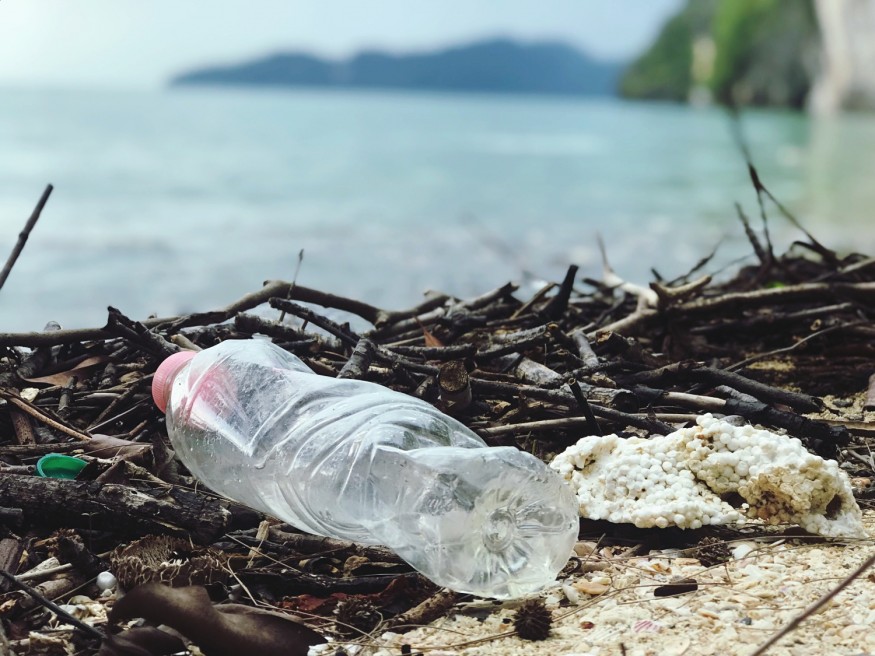Plastics and strands of microfiber from washed clothes and industrial wastewater have been discovered to be sources of pollutants to the arctic region of the world.
The Arctic region is one of the remote regions of the world facing overwhelming threats from micro plastics washed into the oceans.
These pollutants directly affects the life of the indigenous Inuit people in the Arctic region and other northern communities who depend on seafood and marine mammals for food.
Arctic ocean hazard

A recent study published in Nature Communication has revealed that micro plastics (synthetic fibers) are found all over the Arctic Ocean, Europe and extend to the North American Arctic. These pollutants have found their way into the aquatic environment affecting fish, seabirds, marine mammals, and zooplankton.
An in-depth analysis of a large sample of research has revealed the heavy presence of microfibers in the Arctic and many other parts of the world. The presence of these micro plastics in seawater is worrisome and can be attributed to laundry, textiles, and industrial wastewater.
The research was conducted by Ocean Wise Conservation Association in Vancouver and was supported by Fisheries and Oceans Canada. The researchers collected seawater samples from the Arctic Ocean along the coasts of Tromso, Norway, and the Beaufort Sea in North America.
To get reliable results from their study, they collected 71 near-surface samples across the Arctic Ocean and 26 samples from the Beaufort Sea from just below the surface down to a depth of 1,015 meters. They filtered and carried out extensive analysis of the samples where they found micro plastics as new pollutants threatening the life of the aquatic creatures.
The researchers found that in every cubic meter of seawater sample from the Arctic Ocean, there were 49 micro plastics. An average of 49 micro plastic particles. This demonstrates the extent to which synthetic plastics have polluted the water body. Surprisingly, this quantity is less than what is found in the urban areas of the South.
The result of the study showed that about 73 percent of fibers were polyester. They range from an average of 14 microns (0.014 mm) thick and 1,100 microns (1.1 mm) long.
ALSO READ - Ocean Plastics Pollution

Tracking the Source of The Mystery Fibers
During the research expedition, researchers covered an area of more than 20,000 kilometers.
They discovered that fibers were three times more in quantity in the eastern Arctic region than the west. The fibers are 50 percent longer in the Eastern Arctic region and are similar to commercial polyester.
The study further revealed that the Atlantic Ocean is the source of the fibers entering the Arctic Ocean. The observations portrayed oceanographic features that support this claim. The oceanographic features show that water entering the Arctic Ocean is 9 times more than from the Pacific.
The physical features of the microplastics are similar to those found in a 2018 study of the largest domestic wastewater treatment plant in Vancouver.
Additionally, the size and shape of these fibers point to those that we're seen in the laundry. This shows textiles could be shedding these fibers during the washing of clothes. A study has revealed that an average American and Canadian household releases over 500 million fibers per year from the laundry.
RELATED ARTICLE - How Does Plastic Pollution Affect The Ocean?
For more news, updates about water pollution and similar topics, don't forget to follow Nature World News!
© 2025 NatureWorldNews.com All rights reserved. Do not reproduce without permission.





